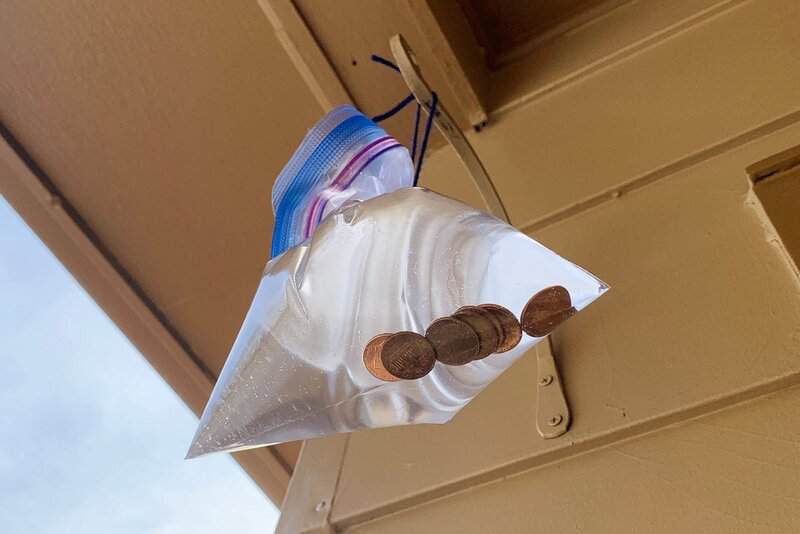Americans have a knack for turning everyday problems into clever solutions, especially around the house. These home hacks might seem strange at first glance, but they’ve earned a place in kitchens, garages, and cleaning routines across the country. Some were passed down through generations, while others spread through social media or pure trial and error. To outsiders, they might seem unusual or even a little crazy, but for many Americans, they’re just part of normal life. Whether they actually work or just feel like they do, these are the 30 home hacks Americans love, even if the rest of the world thinks they’re nuts.
Using Ketchup to Shine Copper
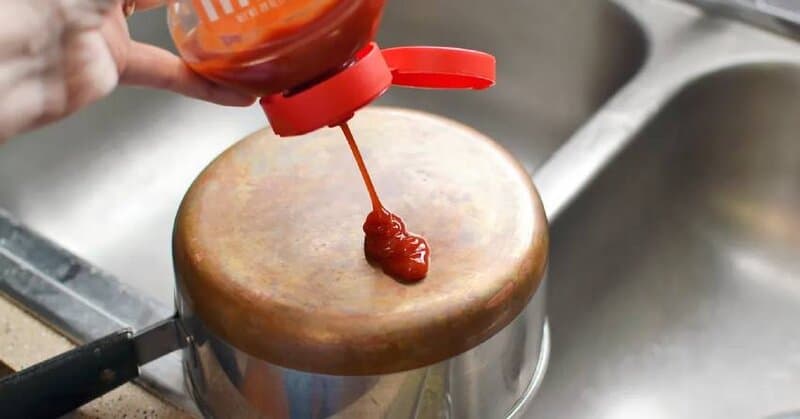
Instead of fancy cleaners, Americans often use ketchup to polish copper items. The acid in tomatoes and vinegar dissolves tarnish. It’s cheap, natural, and makes use of a fridge staple. Just slather it on, wait a few minutes, and rinse clean. Some even polish pennies with it. Kids love helping with this weirdly fun chore. Foreigners might be horrified by condiments on cookware. But here, it’s a kitchen chemistry lesson.
Using Shower Caps to Cover Shoes in Luggage

Americans often repurpose cheap shower caps as travel tools. They wrap them around shoes to keep dirty soles from touching clothes in luggage. It’s a neat, packable solution to a messy problem. Many travelers collect hotel shower caps for this purpose. It also works for wet swimsuits or bottles that might leak. It’s practical, lightweight, and surprisingly effective. To outsiders, it may seem resourceful—or just weird. But Americans believe anything disposable can have a second life.
Using Dryer Sheets to Repel Mosquitoes
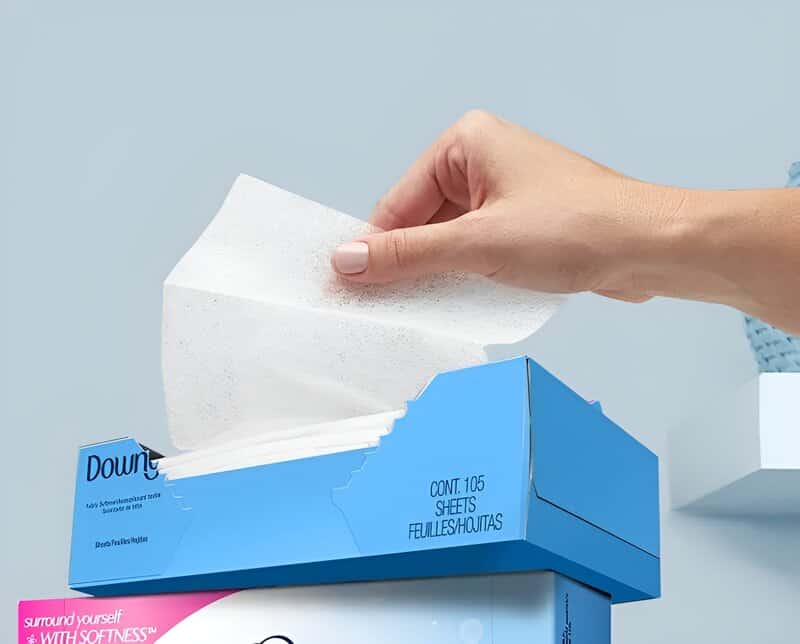
Believe it or not, some Americans tuck dryer sheets in their pockets or around patios to keep mosquitoes away. The idea is that the strong scent—especially of brands like Bounce—repels bugs. It sounds too easy to be true, but many swear by it during summer BBQs. Some even rub the sheets directly on their skin. While science hasn’t fully backed this, anecdotal support is strong. It’s cheap, smells good, and doesn’t involve chemicals. Whether it’s placebo or not, it’s become a weird go-to.
Cleaning Faucets with a Lemon Half

Instead of chemical cleaners, Americans often scrub faucets with a halved lemon. The citric acid dissolves hard water stains and grime. It’s an eco-friendly way to clean with minimal effort. It also leaves a fresh scent behind. Some even microwave the lemon first to boost the juice. It’s part of a broader love of citrus cleaning in U.S. homes. Visitors might wonder why food is being used for scrubbing. But for many Americans, lemons are the ultimate multitaskers.
Using Coca-Cola to Clean Toilets
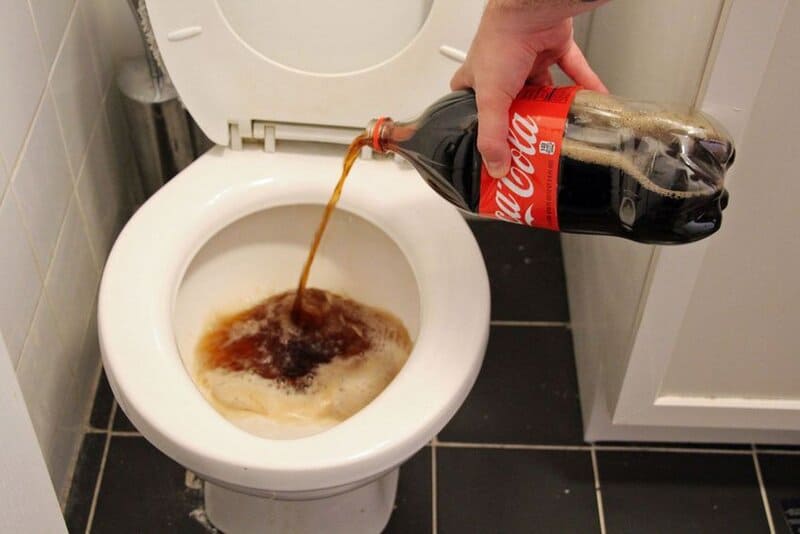
Americans sometimes pour Coca-Cola into their toilet bowls to fight stubborn stains. The soda’s acidity helps break down grime and hard water buildup. Letting it sit for an hour, then scrubbing, often yields impressive results. It sounds wasteful, but people love the low cost and easy application. Some even claim it outperforms actual toilet cleaners. The fizz adds a visual “cleaning” vibe that feels effective. Foreigners might cringe at pouring soda into plumbing. But in American bathrooms, Coke doubles as a cleaner.
Tossing Tennis Balls in the Dryer
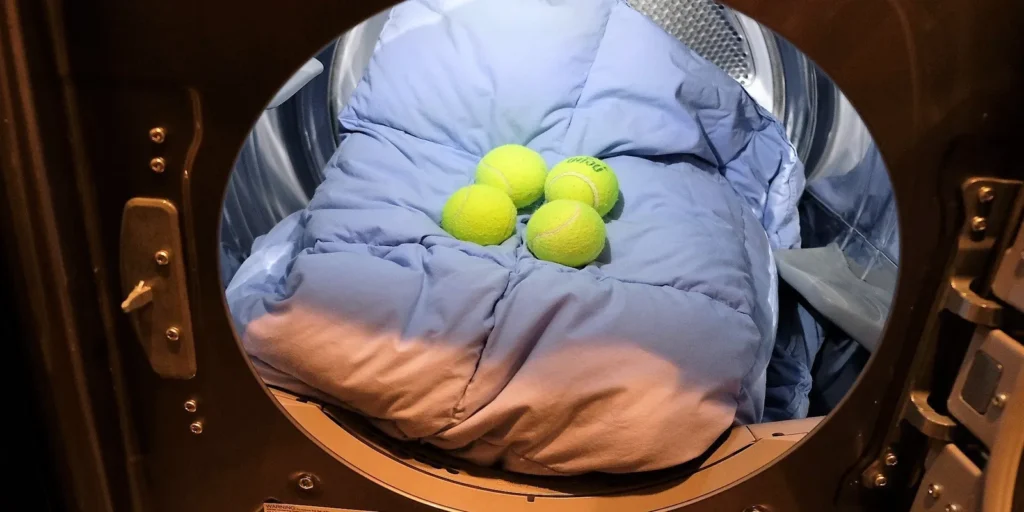
To fluff up comforters or pillows, Americans add tennis balls to the dryer. They help prevent clumping and reduce drying time. Some wrap the balls in socks to reduce noise. This trick is popular for down-filled bedding. It’s loud but worth it for even fluffiness. People swear their blankets come out like new. In other countries, this seems absurd. But in the U.S., it’s laundry science.
Wrapping Banana Stems in Plastic Wrap to Keep Them Fresh

To extend the life of a banana bunch, Americans wrap plastic wrap tightly around the stems. This slows down the release of ethylene gas, which speeds ripening. Some even wrap each banana individually for maximum effect. It seems a bit obsessive, but it can keep bananas fresh several days longer. It’s a go-to for families and meal preppers. Many swear they save money this way by reducing food waste. Visitors often find the sight of plastic-wrapped fruit a little comical. But here, it’s just a practical produce hack.
Storing Natural Peanut Butter Upside Down

To combat oil separation, Americans often store natural peanut butter upside down. This trick allows the oil to distribute evenly without messy stirring. Some flip it even before opening and keep it that way in the fridge. It’s simple but surprisingly effective. The jar looks odd in the pantry, but it saves time and effort. It’s especially loved by health-conscious shoppers avoiding hydrogenated oils. Other cultures may just stir or shake the jar. But for Americans, gravity does the work.
Putting Rice in Salt Shakers to Prevent Clumping

In humid regions, Americans add a few grains of uncooked rice to salt shakers. The rice absorbs moisture and keeps the salt flowing freely. It’s a small, invisible hack that works year-round. Most people don’t even notice it’s there. It’s especially common in diners and old-fashioned kitchens. Some foreigners might think it’s accidental or gross. But for Americans, it’s a moisture-busting tradition. It proves you can solve humidity with pantry basics.
Using Vinegar to Clean the Microwave

To clean a grimy microwave, Americans often microwave a bowl of vinegar and water. The steam loosens food splatters, making them easy to wipe away. It’s chemical-free and leaves the appliance sparkling. Some add lemon juice for a fresher scent. It’s a favorite hack among people who hate scrubbing. The bowl just needs to heat for a few minutes. Foreigners may raise eyebrows at steaming vinegar indoors. But in the U.S., it’s a microwave miracle.
Using Toothpaste to Fill Nail Holes in Walls

When moving out or redecorating, Americans sometimes fill small wall holes with white toothpaste. It’s a renter-friendly substitute for spackling paste. Just apply, smooth, and let it dry. It can be painted over for a seamless finish. This hack is most common in dorms and rentals. The trick only works with paste, not gel. To others, it might seem like a bathroom mix-up. But in the U.S., toothpaste isn’t just for teeth.
Hanging a Bag of Water with Pennies to Repel Flies

At outdoor gatherings, Americans sometimes hang bags of water with pennies near doors or patios. The reflective surface is believed to confuse flies and keep them away. There’s little science to back it, but fans swear by it. You’ll see these hanging at backyard BBQs all summer. The theory is that light refraction disturbs insect vision. It’s a folk remedy passed through generations. Most visitors think it’s just weird décor. But Americans call it fly control, not folklore.
Using a Lint Roller on Lampshades

Americans often use lint rollers to clean dust off fabric lampshades. The sticky surface easily lifts lint, pet hair, and debris that vacuums or cloths might miss. It’s a quick and satisfying fix for dusty lighting. The trick works especially well on light-colored shades that show everything. Some even use lint rollers on curtains or throw pillows for a fast refresh. While it might look like overkill to some, it’s surprisingly effective. To many Americans, a lint roller is more than a clothing tool—it’s a secret weapon for soft surfaces.
Using Tinfoil Behind Radiators to Reflect Heat
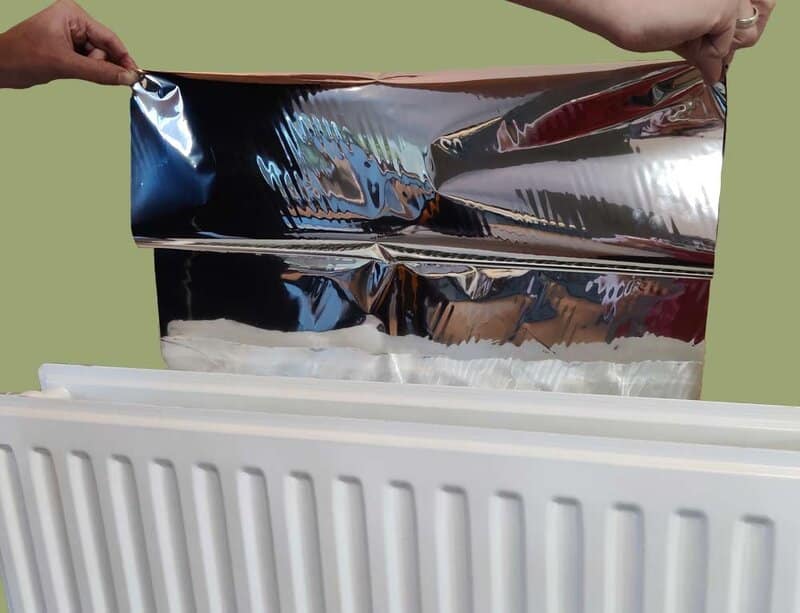
Some Americans place sheets of aluminum foil behind radiators to reflect heat back into the room. The shiny surface helps prevent warmth from being absorbed into the wall. It’s a low-cost way to increase heating efficiency, especially in older homes. People often tape the foil to cardboard first to make it easier to position. It’s particularly popular in colder states where winters are long and energy bills pile up. While it might look like a DIY science experiment, many swear by its effectiveness. To outsiders, it may seem like a strange hack—but in the U.S., it’s just smart heating.
Cooking with a Clothes Iron in a Pinch

Believe it or not, some Americans have used clothes irons to cook food in a pinch. It’s a quirky hotel-room hack often reserved for grilled cheese sandwiches. Just wrap the sandwich in foil, press it with a hot iron, and flip halfway through. Some even use it for heating tortillas or reheating pizza. It’s not exactly gourmet, but it gets the job done when a stove isn’t available. While most people would never dream of it, the resourcefulness is very American. To outsiders, it probably looks like culinary chaos—but here, it’s just improvisation.
Microwave a Sponge to Kill Bacteria

Many Americans toss their kitchen sponges into the microwave to kill bacteria and extend their life. The idea is that the heat from the microwave zaps the germs lurking in the moist fibers. It usually only takes about one to two minutes on high to do the job. Experts recommend soaking the sponge in water first to avoid fire risk. While it’s not foolproof, it’s a popular quick-fix for sponge hygiene. Critics argue it doesn’t eliminate all bacteria, but people still swear by it. To others, microwaving cleaning tools might seem bizarre—but for Americans, it’s just part of kitchen maintenance.
Using Canned Air to Dust Keyboard Crumbs and Window Tracks

Americans often grab a can of compressed air—typically used for electronics—to clean more than just keyboards. It’s perfect for blasting crumbs from tight corners and dust from tricky window tracks. The burst of air gets where cloths and vacuums can’t reach. People love it for car vents, remotes, and blinds too. It’s a small can with big reach. It’s especially popular among neat freaks and tech lovers. To outsiders, it might seem like overkill or oddly specific. But in the U.S., canned air is basically mini home detailing.
Putting Pill Bottles to Use as Mini Hardware Organizers

Empty prescription bottles get new life in toolboxes across America. People store nails, screws, thumbtacks, and other small parts in them. The secure lid keeps everything in place, and the see-through plastic helps with visibility. Some folks even label them for ultra-organization. They’re compact, sturdy, and endlessly reusable. It’s an upcycling favorite among DIYers. Foreigners may find it odd to mix meds with tools. But Americans love turning trash into storage.
Using Toothbrushes for Grout and Detail Cleaning
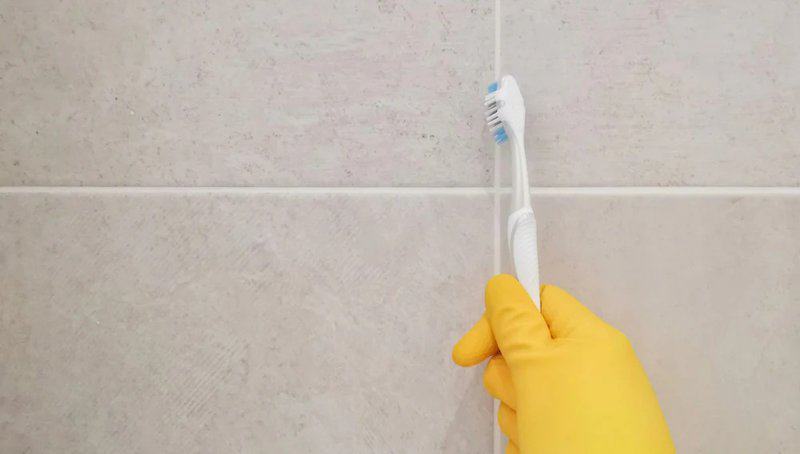
In the U.S., old toothbrushes rarely go straight to the trash—they go into the cleaning caddy. The small bristles are perfect for scrubbing grout, sink edges, and tight corners. People use them in bathrooms, kitchens, and even car interiors. They offer precision where larger tools fail. Most homes have a “cleaning toothbrush” or two. It’s part of the American war on grime. To others, it might look like a hygiene horror story. But here, it’s targeted cleaning at its best.
Storing Batteries in the Refrigerator for Longer Life

Some Americans store their batteries in the refrigerator, believing it helps them last longer. The cool temperature is thought to slow down the chemical breakdown inside the batteries. While experts debate how effective this really is, the tradition still sticks around. People say it helps prevent leakage and extends shelf life—especially for rarely used batteries. Many keep them in a plastic bag or sealed container to prevent moisture damage. It’s especially common among those who buy batteries in bulk. Foreigners might be surprised to see AA batteries chilling next to salad dressing. But to many Americans, the fridge is more than just food storage—it’s also battery insurance.
Using Rubber Gloves to Remove Pet Hair from Furniture

Put on a rubber glove and rub it over couches or fabric—pet hair clings instantly. Americans love this trick because it’s fast, reusable, and oddly satisfying. Wetting the glove slightly can boost effectiveness. It’s a lifesaver for those with shedding dogs or cats. Some prefer this over vacuums for daily cleanup. It’s also gentle on upholstery. Visitors might be confused watching someone scrub their sofa with dish gloves. But in America, this is low-effort pet care.
Hanging Eucalyptus in the Shower

Many Americans hang fresh eucalyptus from the showerhead for a spa-like effect. The steam releases the plant’s soothing scent during hot showers. It’s said to relieve stress, congestion, and sinus pressure. Some even believe it boosts immunity. You’ll find these bundles in both bougie homes and crunchy households. It doubles as trendy bathroom decor. Foreigners might think it’s just for koalas. But here, eucalyptus is aromatherapy on a budget.
Using Pantyhose as a DIY Air Filter

Old pantyhose get stretched over fans or vents to act as makeshift dust filters. The mesh traps particles before they blow into rooms. People swear it improves air quality in dusty homes or during allergy season. It’s also used in car vents, window fans, and even HVAC systems. It’s cheap, washable, and surprisingly durable. It’s an especially popular hack in older homes. Foreigners might see it as MacGyver-level odd. But Americans call it clever filtration on a dime.
Using Aluminum Foil as a Wi-Fi Signal Booster

Some Americans bend aluminum foil into a small parabolic shape behind their router’s antenna. This hack reflects and focuses the Wi-Fi signal in a specific direction. It’s a free way to boost reception in problem areas. People swear it helps in dead zones or long hallways. It’s based loosely on radio wave physics. It may look like a tinfoil hat for your router. Foreigners might laugh at the DIY contraption. But Americans say: better reception, no regrets.
Using a Binder Clip as a Toothpaste Squeezer
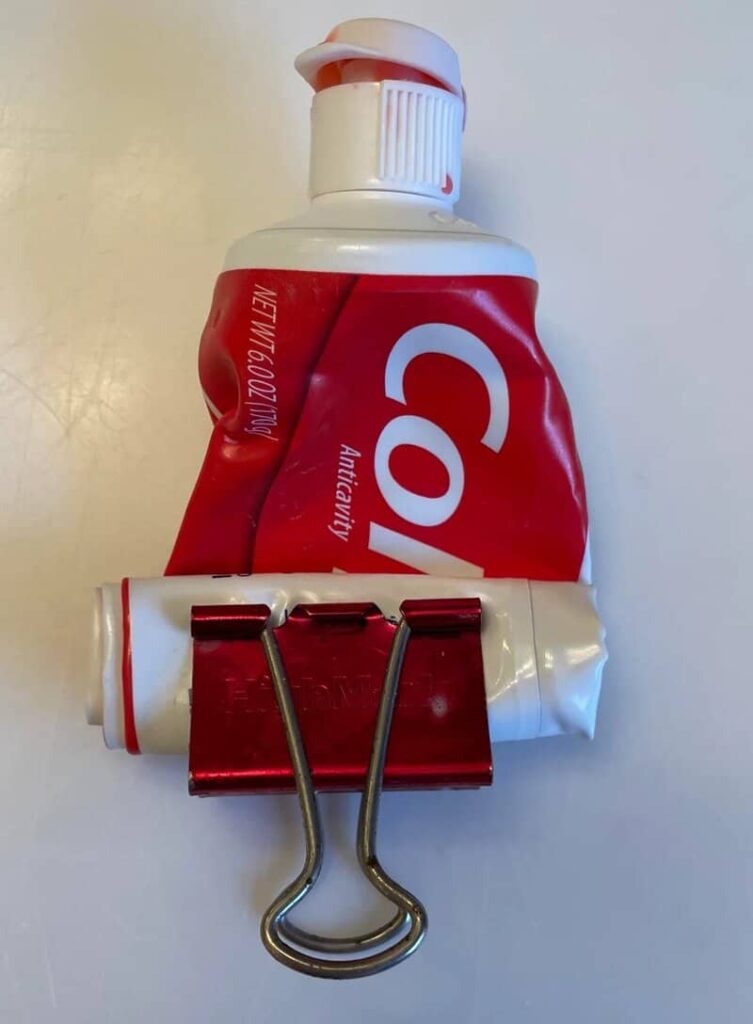
A binder clip at the bottom of a toothpaste tube keeps everything neat and efficient. Americans use this hack to avoid waste and reduce morning frustrations. As the tube empties, just slide the clip up to push the paste forward. It also works on ointments, glues, and creams. It’s a favorite in minimalist and budget-conscious homes. Plus, who doesn’t love a touch of office supply ingenuity in the bathroom? Visitors may wonder why there’s a stapler’s cousin on the sink. But Americans say: efficiency is everywhere.
Keeping Chalk in Toolboxes to Absorb Moisture
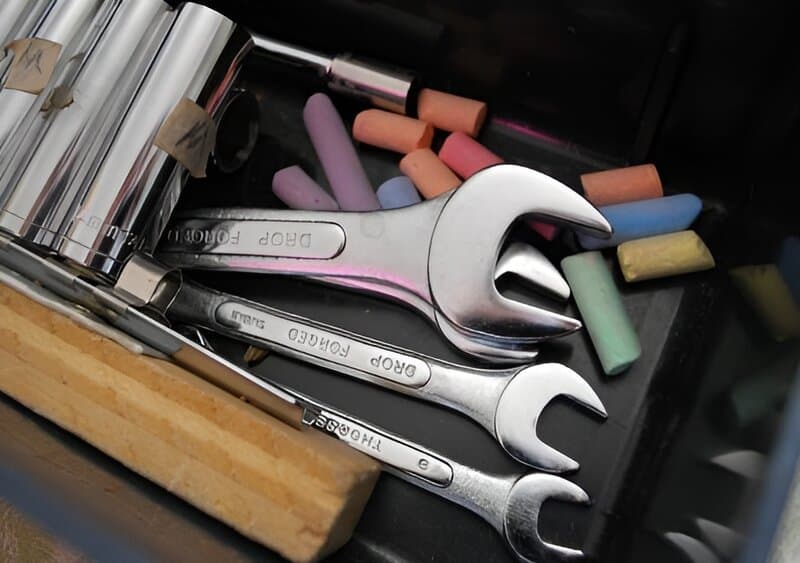
Americans sometimes toss a few sticks of chalk into their toolboxes or drawers. The chalk absorbs excess moisture and prevents rust. It’s a cheap, passive way to protect metal tools. Some also use it in jewelry boxes or with silverware. It’s like a DIY dehumidifier without electronics. This hack is common in humid regions or old garages. It might seem odd to mix school supplies with hardware. But Americans say: stay dry, stay sharp.
Placing Tinfoil Under Ironing Boards to Speed Up Ironing

Some Americans line the underside of their ironing board with aluminum foil. The foil reflects heat back up into the fabric, effectively ironing both sides at once. It shortens ironing time and smooths wrinkles faster. This trick is popular with busy households and perfectionists. It also helps keep the ironing board cleaner over time. You can use regular kitchen foil—no fancy version needed. Outsiders may think it’s a fire hazard. But Americans call it ironing with superpowers.
Putting Tape on a Drill Bit to Measure Depth

Americans often wrap a bit of painter’s or masking tape around a drill bit to mark how deep they need to drill. It’s a simple depth gauge for jobs that require precision—like hanging shelves or assembling furniture. The tape acts as a visual stop point. It saves time and prevents drilling too far. No need for fancy tools or depth-measuring attachments. This trick is a favorite among renters and IKEA warriors. Outsiders might see it as overly DIY. But Americans just call it efficient problem-solving.
Using Tension Rods Under Sinks to Hang Spray Bottles

Under-the-sink space can be chaotic, so Americans often install a small tension rod across the cabinet. Then they hang spray bottles by their triggers to keep things tidy. This frees up shelf space and makes each bottle easier to grab. It’s a game-changer for cleaning organization. People also use tension rods for scarves, lids, or shoe racks. It’s cheap, removable, and renter-friendly. Foreigners might not expect curtain rods in a cabinet. But Americans see storage potential everywhere.
Using Nail Polish to Stop Fraying or Tighten Screws

Americans often reach for clear nail polish as a quick fix for household problems. It’s commonly used to seal fraying shoelaces or fabric edges to prevent further unraveling. A dab can also stop buttons from falling off by reinforcing thread. Another popular use is applying it to small screws—like in eyeglasses—to keep them from loosening. It dries clear and adds just enough grip to hold things in place. It’s one of those surprisingly versatile items found in many junk drawers. To others, it may seem like an odd beauty-meets-hardware solution, but in the U.S., it’s a household secret weapon.

